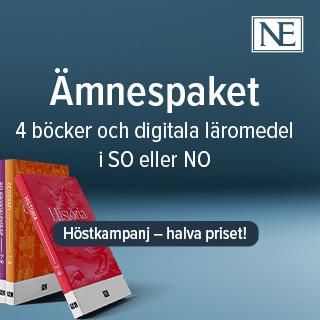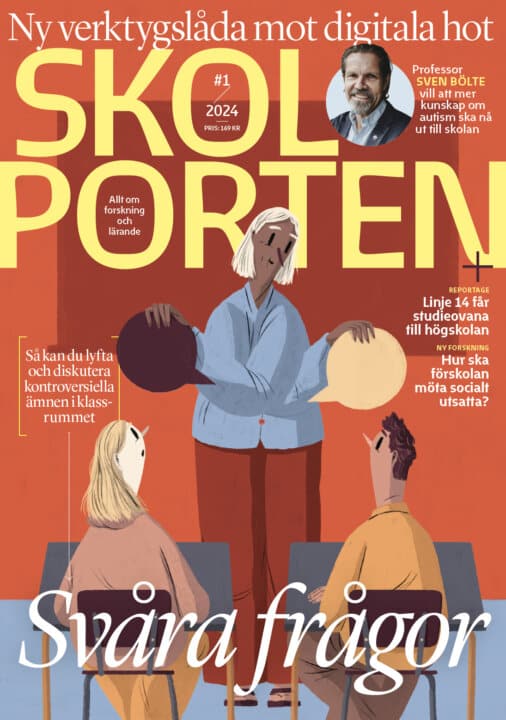Barn med diagnoser. Mödrars och skolors strategier i Stockholm
Hur förändrar barnens adhd-och autismdiagnoser mödrars sätt att förstå och förhålla sig till sina barn och till deras skolgång? Det är en av frågorna som Emma Laurin undersöker i sin avhandling.
Emma Laurin
Docent Ida Lidegran, Uppsala universitet. Docent Mikael Palme, Uppsala universitet. Emil Bertilsson, Uppsala universitet
Professor Åsa Lundqvist, Lunds universitet
Uppsala universitet
2021-06-04
Barn med diagnoser. Mödrars och skolors strategier i Stockholm
Children with diagnoses. Mothers’ and schools’ strategies in Stockholm
Institutionen för pedagogik, didaktik och utbildningsstudier
Children with diagnoses. Mothers’ and schools’ strategies in Stockholm
The number of children diagnosed with ADHD and autism spectrum disorder (ASD) has grown dramatically in recent years with far-reaching consequences for children, families, schools and society. Scientific and public debate on the increase consists of two opposing sides. On the one hand, the increase is explained as a question of better, more widespread medical knowledge. On the other hand, a medicalisation critique depicts the diagnoses as a question of control and oppression from the medical professions, the pharmaceutical industry and from an increased competition in school and society.
This study departs from another perspective with the main aim being to analyse the social uses of diagnoses in schools in Stockholm. Building on Pierre Bourdieu’s sociology and Ian Hacking’s theory of interactive kinds, the question of how different actors, in particular mothers of children with diagnoses and schools, evoke understanding, provide care, categorise children, acquire resources and in other ways use the diagnoses is analysed. Interviews with mothers and principals constitute the main empirical data. In addition, statistical and document analyses were carried out.
The institutional and educational arrangements for pupils with diagnoses and special needs in Stockholm were debated topics and changed rapidly. The schools had a hard time catering for pupils with special educational needs and they perceived that such pupils could threaten their positions in the fierce competition on the school market as they often required extra resources and support. The educational landscape that the mothers in the study encountered, as they fought to ameliorate their children’s difficult school situation, was therefore uncertain and difficult to navigate, leaving the mothers with a heavy burden of individual responsibility. The mothers felt that they had to find alternative schools, special support and not least create understanding for their children in school. The children’s diagnoses constituted a valuable tool in this struggle, but also required the mothers to be active, forward planning, and to master and act on knowledge concerning the diagnoses. The mothers’ social, cultural and economic capital and their practices concerning time and emotions shaped their educational strategies for their children and their social uses of the diagnoses.
Relaterade länkar

Fritidshem
 Åk F–6
Åk F–6 Matematikångest
 Åk 4–Vux
Åk 4–Vux 






